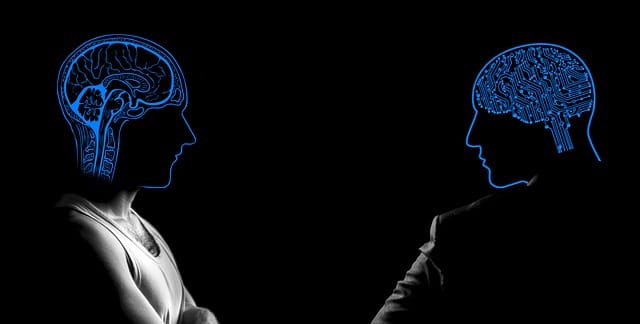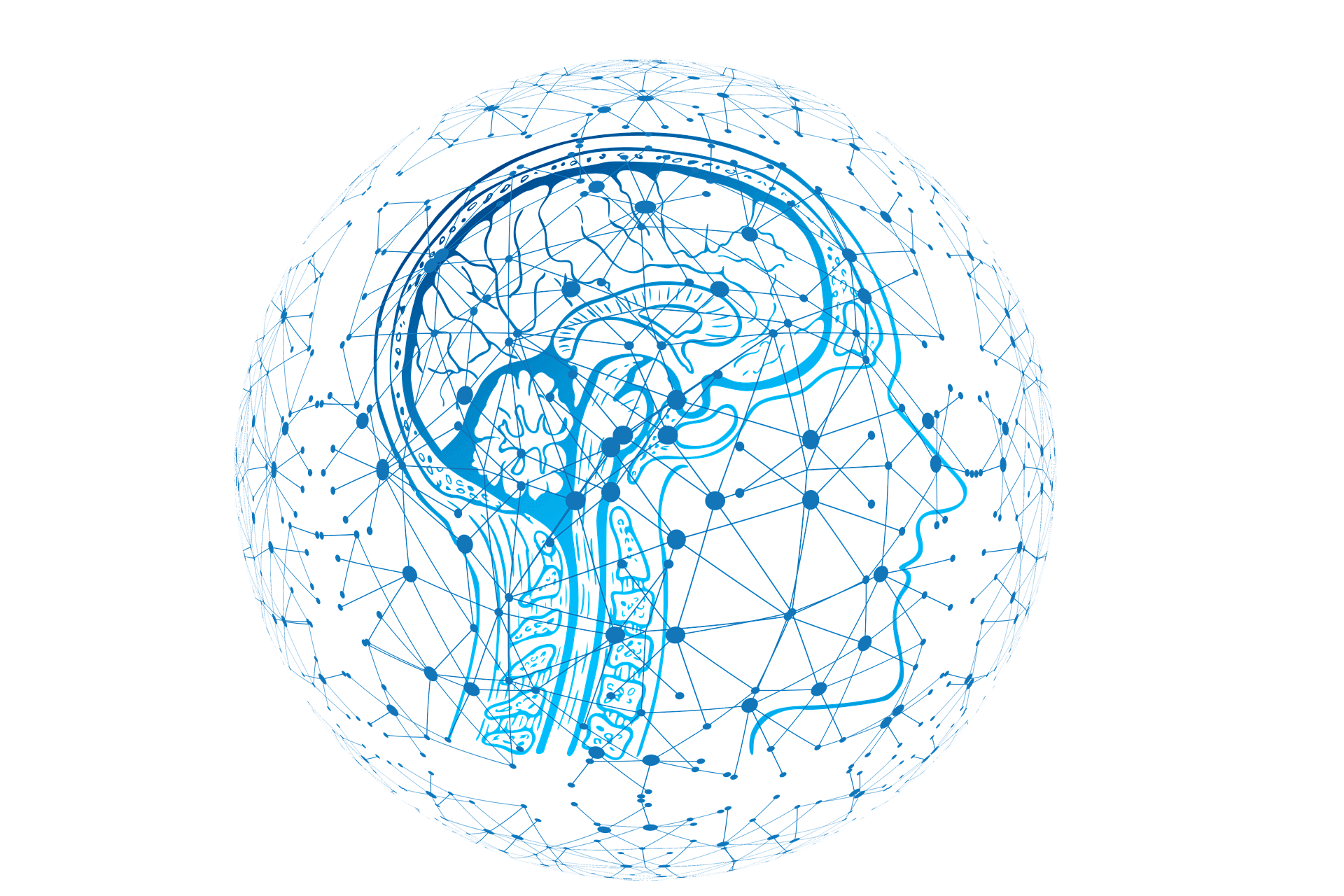Elon Musk Builds a Machine to Download Our Brain and Personalities
Everyone has heard of SpaceX and Tesla, but Elon Musk's Neuralink business was unfamiliar to many tech enthusiasts. With this ambitious enterprise, Elon Musk created a machine that can download our minds and personalities. The company has reached a new level of "superhuman intellect."
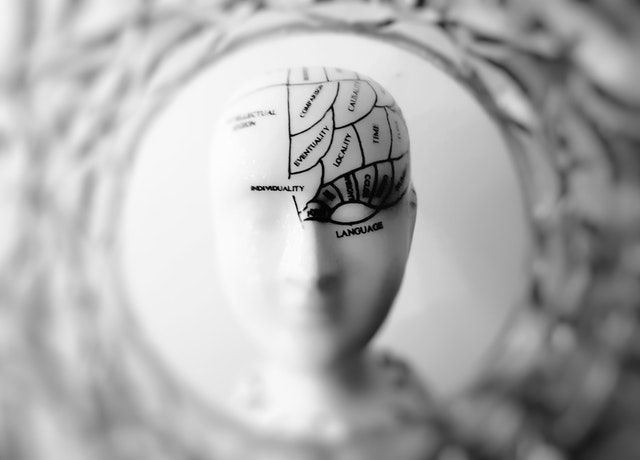
Business experts, researchers, and big-tech giants believe that AI can revolutionize the world for a better tomorrow globally. Along with others, Elon Musk is committed to bringing new potentials of artificial intelligence, bringing science-fiction concepts to the reality that might be a threat if not treated carefully.
Everyone knows about SpaceX and Tesla, but Elon Musk’s Neuralink startup was not much recognizable among the tech-lovers. Elon Musk builds a machine to download our brains and personalities with this ambitious startup. The company entered a new era of "superhuman cognition."
Elon Musk started the Neuralink company in 2016 to explore the human brain and a straightforward way to connect it with a computer interface. It was created as a much smaller business than SpaceX and Tesla to integrate humans with AI; the company strived to implant processers in human brains surgically with a non-invasive procedure like LASEK surgery.
Brain-machine connection development is not a new concept in the intelligent market, although it has been helping humankind for many years. It is stated in one of the Neuralink published content:
“Brain-machine interfaces (BMIs) hold promise for the restoration of sensory and motor function and the treatment of neurological disorders.”
Neuralink can offer higher enhancements to the human brain, making us possibly competitive than machines and AI with humanoid intelligence. This secretive company, Neuralink, built brain-machine interfaces for the first time to implant these devices in paralyzed patients to control computers or mobile phones.
The most significant advancement of this technology is the introduction of flexible threads even thinner than a human hair. They aim to develop a less brain-damaging material than present materials used in linking human brains and machines. Also, “Elon Musk & Neuralink” stated that these could transfer a greater amount of data in a white paper. The abstract of the article was:
“As many as 3,072 electrodes per array distributed across 96 threads.”
Thread Lighter than a Human Skull Hair
The thread width is estimated to be 4 to 6 µm which is significantly thinner than human hair width. Besides developing threads, the company developed a machine for embedding these threads automatically.
Musk stated in his detailed presentation about the Neuralink launch that it was not a hype simply:
“The main reason for doing this presentation is recruiting. Asking people to go apply to work there.” Neuralink’s president, Max Hodak, came on stage and said that "this technology is a good idea," but he wasn't sure. Musk encouraged him that it is possible and will occur in the future.
The researchers at Neuralink use beam of laser in the future to enter the cranium, avoiding drilling gaps/holes as the previous method. They explained that initial researches would be accomplished at “Stanford University” to the New York Times. According to the report, Musk said:
“We hope to have this in a human patient by the end of next year.”
At the end of the presentation, while answering the audience's queries, Musk revealed that: “A monkey has been able to control a computer with his brain.”
Musk added:
“It is not going to be suddenly Neuralink will have this neural lace and start taking over people’s brains. Ultimately to achieve symbiosis with artificial intelligence.”
He desired to introduce the technology-based "merging with AI" concept. This technology aims to read neural spikes as he said further:
“We are a brain in a vat, and then that a vat is our skull.”
Matthew Nagle was the earliest patient with spinal cord immobility who received a brain implant that allowed him to control computer cursor that made him control a computer cursor, and he played Pong in 2006 while using his brain only. He required about four days to master the basic movement. After it, technological advancement brought unique objects for paralyzed patients with brain implants, including robotic arms. Nagle and other relevant patients used a system known as BrainGate developed at Brown University.
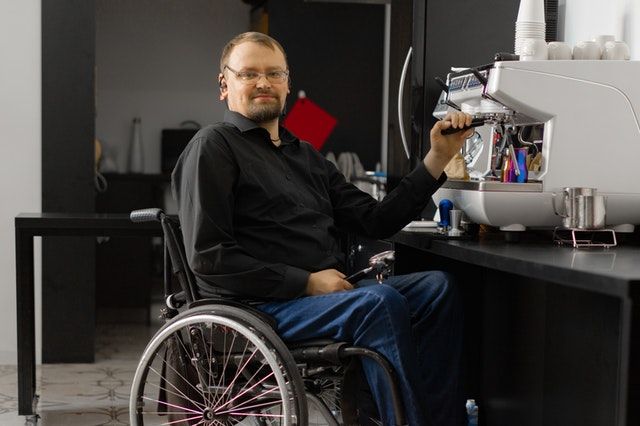
Hodak said during the presentation:
“Neuralink didn’t come out of nowhere, there’s a long history of academic research here. We’re, in the greatest sense, building on the shoulders of giants.”
Neuralink stands alone in its vision of reading neural spikes directly in a minimally invasive way.
The scheme they present, if come true, must be a substantial advancement of previous technologies. BrainGate was focused on a series of stiffed needles, Utah Array, allowing 128 electrode channels. It means that its system packs fewer data from the brain and its threads are also tougher than Neuralink’s system. It was a significant issue for their long-lasting operation that the array’s needles don’t shift in the skull, like the brain, leading to damage, and thin Neuralink polymers can solve this potential problem.
It should be noted that it's more complex to implant Nueralink’s technology than the Utah Array. The company developed “a neurosurgical robot to cope with the situation that can insert six threads per minute comprising of 192 electrodes automatically." It appears to be a hybrid between a sewing machine and a microphone in photographs. It also prevents blood vessels, which may result in a reduced inflammatory reaction in the brain, corresponding to the white paper report.
According to Elon Musk, the main issue in interacting with AI is "bandwidth." According to philosopher Andy Clark, you can process information quicker than you can express it with your voice or fingers, yet you're already linked to a computer. As a result, his ambition for this technology is for humans to communicate with robots more quickly, straight from their minds. The custom chip developed by the Neuralink can read, clean up, and amplify brain signals better. Currently, the system is wired-based and soon will become wireless in transmitting data as it is their ultimate purpose.
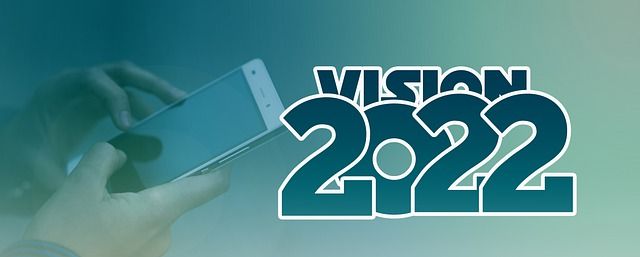
This wireless goal will be exemplified in the "N1 Sensor, " a Neuralink product designed to wirelessly embed inside the brain to transfer its (brain) data. However, it has less power than the present USB-centered model; hence, Neuralink implants four sensors (one in the somato-sensor while three in the motor area). Another device is mounted behind the ear, and these sensors are connected wirelessly with this device containing an only battery. Hodak added:
“It will be controlled through an iPhone app. There is a whole FDA process we have to go through; we haven’t done that yet.”
The head neurosurgeon at company Neuralink, Matthew MacDougall, said their primary goal is to achieve safety, like Lasik, eliminating general anesthesia needs.
The business is working on rat species to ensure their system's stability. The success of this system will bring “high bandwidth, brain connection, implanted via robotic surgery.” Thin flexible "threads" made connections to record the activity of several neurons. The researchers at Neuralink are more passionate about precise outcomes at the brain-machine interface than in their last attempts.
Will You be Able to Transfer Your Brain Soon?
Musk said in response:
“I’m not sure if there is a very sharp boundary. I think it is much smoother. There is already so much compute that we outsource. Our memories are stored in our phones and computers with pictures and video. Computers and phones amplify our ability to communicate, enabling us to do things that would have been considered magical.”
He added:
“We’ve already amplified our human brains massively with computers.”
"Tesla Bot," the first Tesla robot, was 5 feet and 8 inches tall, launched in August 2021, and weighed 125 pounds. Musk called it "the important product development this year" in January. The next major Tesla project is Optimus in 2022, "a human in a robot suit” revealed in 2021. The Tesla Bot is instructed to use the same artificial intelligence powering Tesla vehicles. Musk said:
“I think actually the most important product development we’re doing this year is the Optimus humanoid robot. This, I think has the potential to be more significant than the vehicle business over time. If you think about economy, it is - the foundation of the economy is labor. Capital equipment is distilled labor. So, what happened if you don’t actually have a labor shortage? I’m not sure what an economy even means at that point. That’s what Optimus is about, so, very important.”

Humanoid Robots are Here: Optimus
Elon Musk said that the humanoid robots are the future; in an interview, he explained:
“I certainly don’t want to have anything that can potentially be harmful to humanity. But humanoid robots are happening. The rate of advancement of AI is very rapid.”
These robots are not only limited to functioning in Tesla factories but also have significant use as robots performing repetitive tasks. The wealthiest man, Musk, added:
“Optimus is a general-purpose, sort of worker-droid. The initial role must be in work that is repetitive, boring, or dangerous. Basically, work that people don't want to do. Optimus is a generally focused humanoid.” He is committed that the robot surely helps in comforting our daily lives. Tesla aims to introduce it to the market by 2023 as Optimus's prototype will be ready in the last quarter of this year. Musk promised:
“I think we will have something pretty good at the prototype level this year, and it might be ready for at least a moderate volume production towards the end of next year.”
Mathias Dopner, the CEO of Axel Spring, asked in a recent interview, "Could you imagine one day downloading our human brain capacity into an Optimus?" Musk replied, “I believe it is possible.”
Dopner said, "which would be a different way of eternal life because we'd download our personalities into a bot."
Musk added to the discussion:
“Yes, we could download the characteristics that we believe distinguish us. Of course, if you are no longer in that body, there will be a difference, but as far as preserving our memories and personalities, I believe we can do so.”
He also discouraged too much automation as it underrates humans, giving more charge to machines and robots. In 2018, he wrote:
“Yes, excessive automation at Tesla was a mistake. To be precise, my mistake. Humans are underrated.”
Are There Any Risks?
He said in his presentation that Neuralink is the future, permitting us to approach interaction with advanced technology like artificial intelligence. Musk said:
“With a high bandwidth brain-machine interface, we can go along for the ride and effectively have the option of merging with AI.”
He assured people that the device was safe to eliminate the risk chances.
Moreover, everyone knows BMI is not of the day’s technology and helping people with mobility issues. But that technology was not so enough, was invasive, and not measurable, making Neuralink an excellent project for providing safer and non-invasive treatment with the N1 Bandwidth system.
Still, there are significant ethical and technical issues for Neuralink to make it real. Are these devices hackable? Which type of information can be collected from a patient's N1 data, and how can it be used? an AI researcher, Krittika D’Silva, stated to BBC news.
“The technology described by Neuralink is exciting because it is significantly less invasive than prior work in this field.”
Does this Technique Worth it?
Max Hodak said their developed system would be first applied to patients with quadriplegia suffering from spinal cord injuries. Also, Neuralink helps with neurological disorders when the brain fails to connect with the nerves and ultimately fails to communicate with the body. There might also come ethical issues while pursuing this technology. What will be the reaction of the audience to Neuralink? Are they excited or scared?
Oleksii stated in his article:
“Theoretically, adopting this innovative technology, for paralyzed people, it will be possible to return the ability to move. Only if it will be possible to replace sufficiently damaged or absent for other reasons nerve fibers. Furthermore, Neuralink can help people with Parkinson’s disease, epilepsy, and depression by promptly sending electric pulses into the areas responsible for their specific symptoms. And I think it’s incredibly beneficial, I mean it’s super good! If this ever happens to humanity, it will most likely be the most monumental headway.”


